Across the country, homeowners are trading in their turfgrass and trimmed hedges for something far more useful: food forests. These layered ecosystems mimic natural woodlands but are planted with fruit trees, berry bushes, herbs, and vegetables—all in the backyard. The movement is growing fast, fueled by climate consciousness, food security concerns, and the joy of harvesting something from your own soil. These 13 cities are leading the quiet revolution in yard-to-forest transformations.
1. Atlanta, Georgia
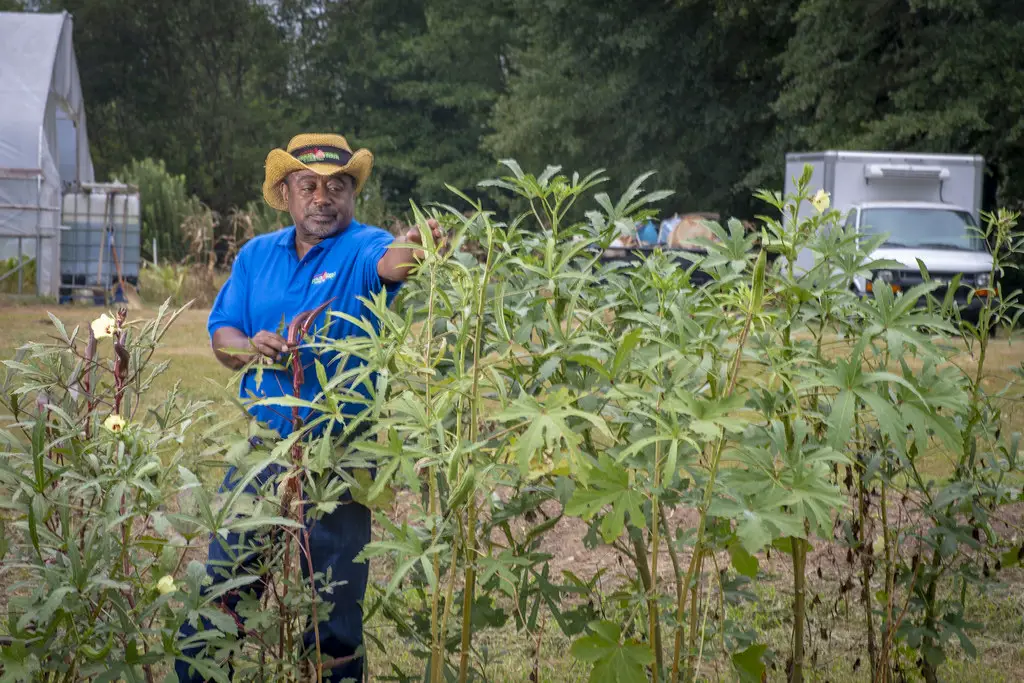
Atlanta has made headlines for embracing edible landscaping, particularly in underserved neighborhoods. According to WABE, the city is home to the largest free food forest in the country—over seven acres of public land planted with fruit and nut trees, herbs, and vegetables. Inspired by that success, homeowners across Atlanta have started replicating the idea on their own lots. These personal food forests are popping up in both urban and suburban neighborhoods.
The warm climate, long growing season, and strong support from local gardening organizations have made it easier for residents to ditch grass and plant abundance instead. What began as a community-led movement has quietly expanded into private yards. Homeowners are learning how to create low-maintenance, high-yield ecosystems right outside their kitchen doors. For many Atlantans, food is now growing right where the lawn used to be.
2. Seattle, Washington
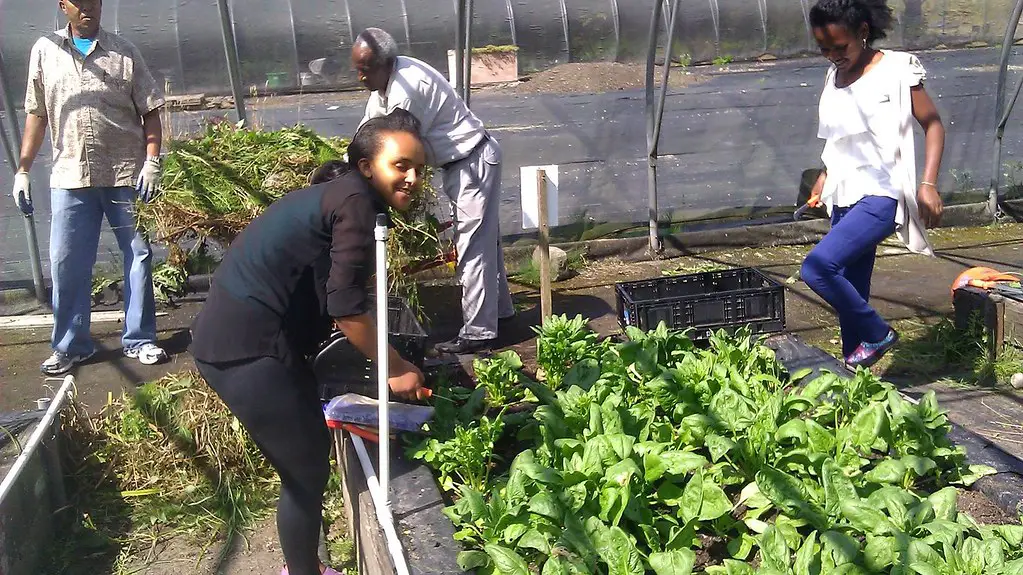
Seattle has long been at the forefront of sustainable gardening practices. The Seattle Times reports that in addition to community food forests, many local residents have converted their own yards into densely planted edible landscapes. These homegrown forests are filled with apples, plums, rhubarb, herbs, and nitrogen-fixing shrubs that improve soil health. Rainy weather supports lush growth without the need for irrigation-heavy lawns.
The city’s culture of environmental responsibility has helped normalize unconventional landscaping. Local nurseries even cater to backyard permaculturists with native fruit tree varieties and guild starter kits. As the cost of living rises, food forest gardening is also being seen as a way to reduce grocery bills. It’s not just a trend—it’s becoming part of Seattle’s urban identity.
3. Austin, Texas

Austin’s climate may be challenging, but homeowners there are proving food forests can thrive even in the heat. According to KUT, many Austinites are replacing water-intensive lawns with layered food-producing systems that include fig trees, grapes, perennial greens, and drought-tolerant herbs. With long dry summers, the design of these gardens emphasizes deep mulch, companion planting, and shaded understories.
Austin’s DIY culture and sustainability focus make it an ideal place for experimentation. Workshops and permaculture meetups are common, and many residents share surplus harvests through community swap boards. The result is a city where edibility and design intersect in unexpected ways. Lawns are out—layered, productive landscapes are in.
4. Portland, Oregon
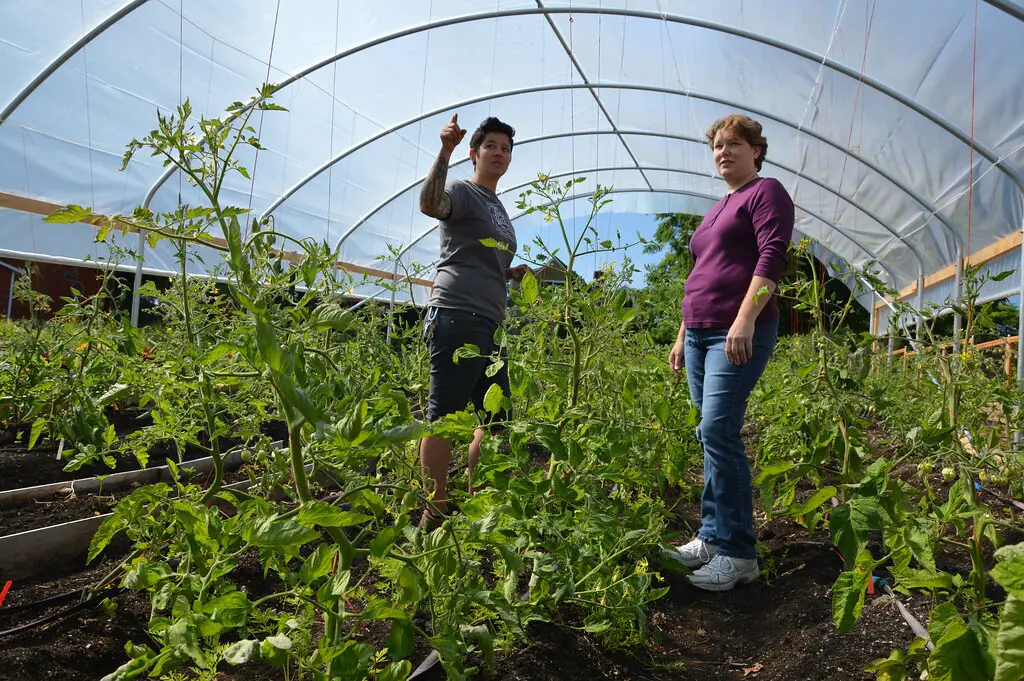
Portland’s commitment to local food and green living is deeply embedded in its culture. As Civil Eats notes, residents are increasingly turning their yards into productive forest gardens filled with edible and medicinal plants. These spaces often incorporate native species alongside fruit trees and edible vines, blurring the line between wild and cultivated. With its mild, wet climate, Portland is perfectly suited for backyard forest gardening.
Many neighborhoods boast front-yard food forests that attract pollinators, reduce water use, and provide fresh ingredients year-round. Residents see it as a way to reduce dependence on grocery stores and contribute to local biodiversity. The city’s openness to alternative landscaping has helped the movement gain momentum quickly. Portlanders are quietly proving that you don’t need acreage to grow a forest’s worth of food.
5. Asheville, North Carolina
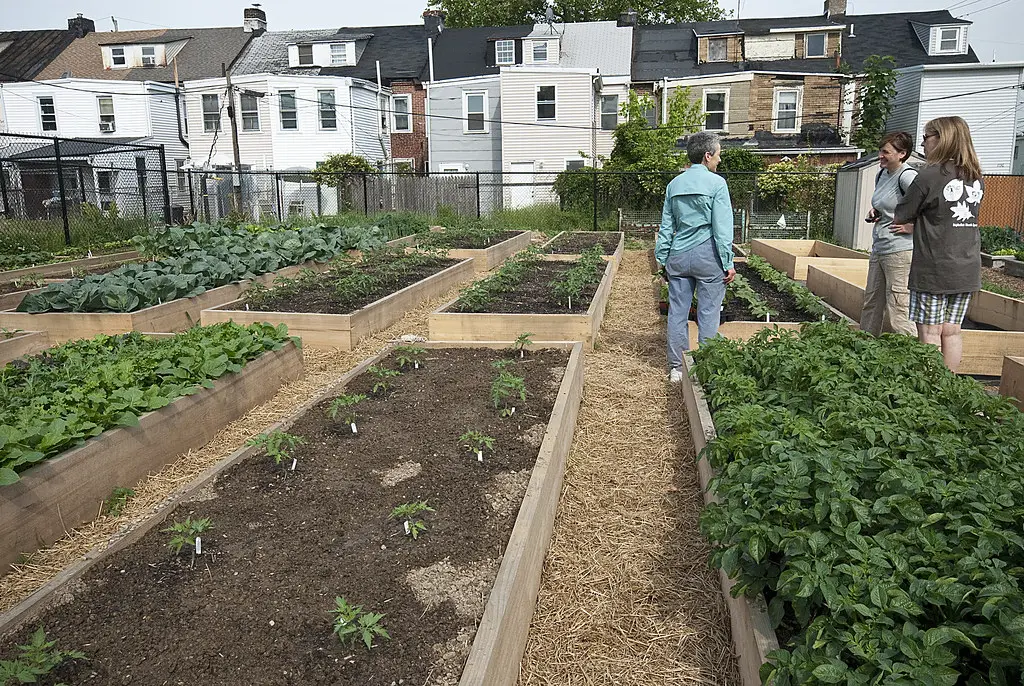
Nestled in the Blue Ridge Mountains, Asheville’s thriving gardening scene has embraced food forests as both a creative and practical form of landscaping. Many homeowners are converting their steep hillsides and shaded yards into diverse edible ecosystems. Persimmons, serviceberries, elderberries, and mushrooms are common additions to these layered plantings.
The community’s interest in herbalism and self-sufficiency aligns naturally with the food forest model. Residents see these gardens not just as a way to feed themselves, but to reconnect with nature in a deeper, more intentional way. With mild winters and ample rainfall, the environment supports a wide range of plants without excessive input. As interest spreads, entire neighborhoods are starting to look more like woodland orchards than suburban developments.
6. Sacramento, California

In Sacramento’s hot, dry summers, traditional lawns struggle—but food forests with drought-tolerant trees and shrubs are flourishing. Homeowners are planting mulberry trees, pomegranates, rosemary, and artichokes, often in tight city lots. These edible landscapes offer shade, resilience, and a surprising amount of produce, even in harsh conditions.
Thanks to local gardening nonprofits and school programs, food forestry has caught on with younger families and retirees alike. Residents are drawn to the idea of creating beauty and abundance without increasing their water bill. With every new backyard orchard, Sacramento is slowly greening its way toward edible resilience.
7. Minneapolis, Minnesota
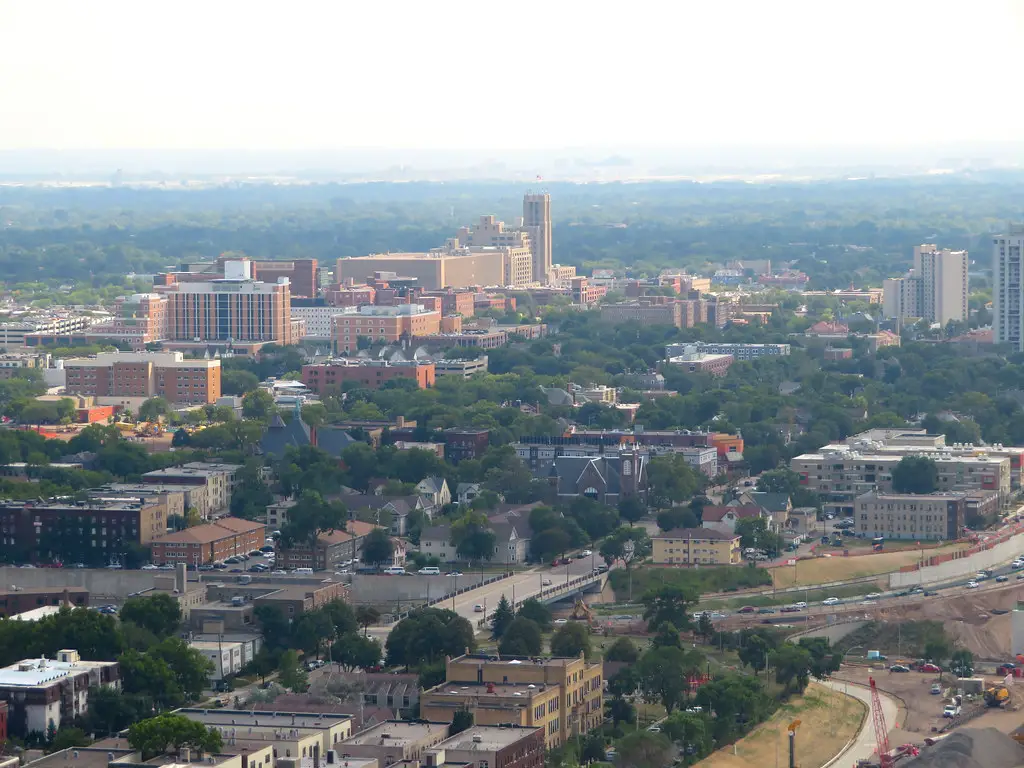
In a city better known for snow than figs, Minneapolis gardeners are proving that cold-climate food forests are possible. Homeowners are planting hardy apple varieties, raspberries, gooseberries, and cold-tolerant greens. Layered plantings protect the soil through winter and come roaring back each spring with edible bounty.
City policies that encourage green infrastructure have helped this trend take root. As climate-consciousness grows, more residents are replacing grass with something that feeds both people and pollinators. Even small plots are being transformed into four-season food havens. The result is a northern city slowly building food security one backyard at a time.
8. Burlington, Vermont
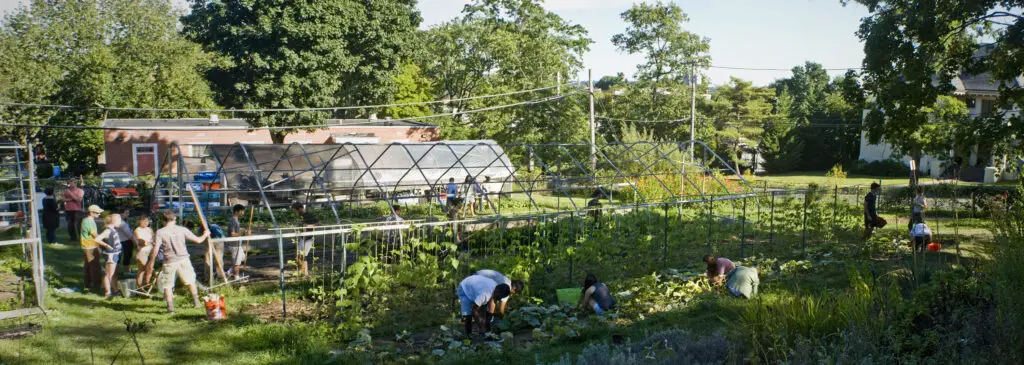
Burlington’s residents have long valued local food, and food forests are a natural extension of that culture. In backyards across the city, homeowners are tucking currants, hazelnuts, and edible perennials into ornamental beds. Some mix flowers with kale and herbs, while others go full forest with stacked canopy layers.
Because of the short growing season, there’s a strong emphasis on hardy, low-maintenance plants. Gardeners also rely on sheet mulching and passive water collection to help their microclimates thrive. What once were purely decorative spaces now double as seasonal grocery aisles. Burlington proves that even small New England yards can yield big results.
9. Santa Fe, New Mexico
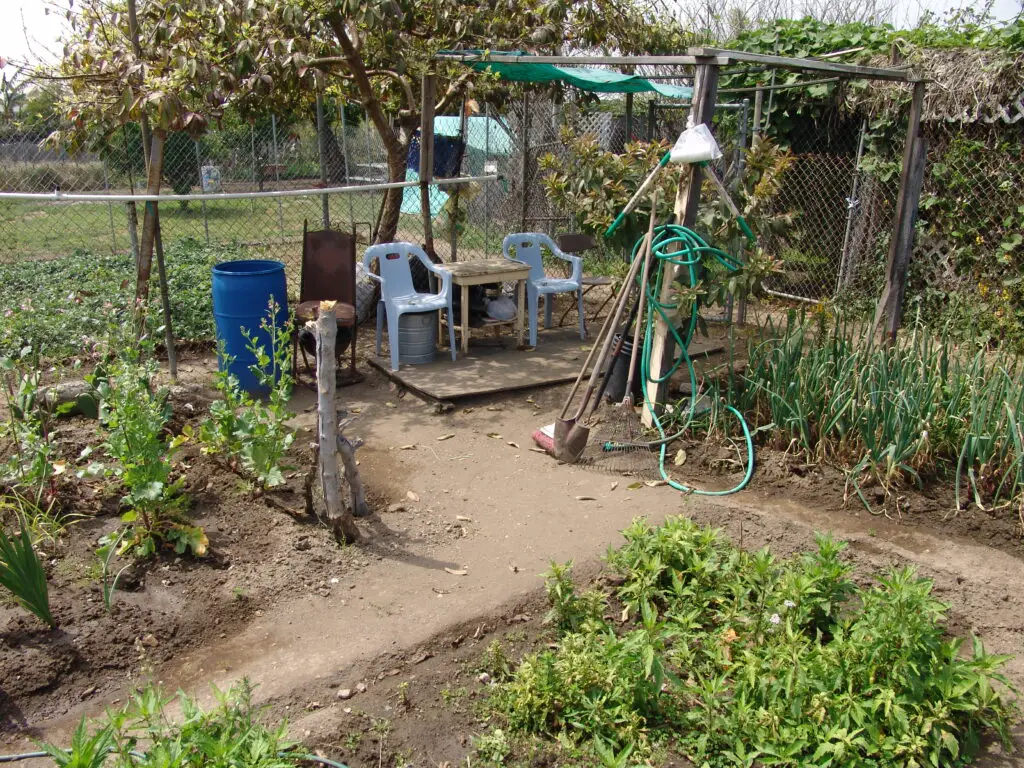
In the arid Southwest, Santa Fe homeowners are proving that food forests don’t need to be lush to be productive. Using swales, shade trees, and careful water retention techniques, residents are planting mesquite, jujube, cactus, and desert herbs. The landscapes blend seamlessly with the natural terrain, offering both beauty and functionality.
This desert-adapted food forest model emphasizes resilience over abundance. Instead of fighting the climate, residents work with it, using greywater systems and deep mulching to preserve moisture. The result is a uniquely regional take on edible landscaping that turns scarcity into opportunity.
10. Richmond, Virginia
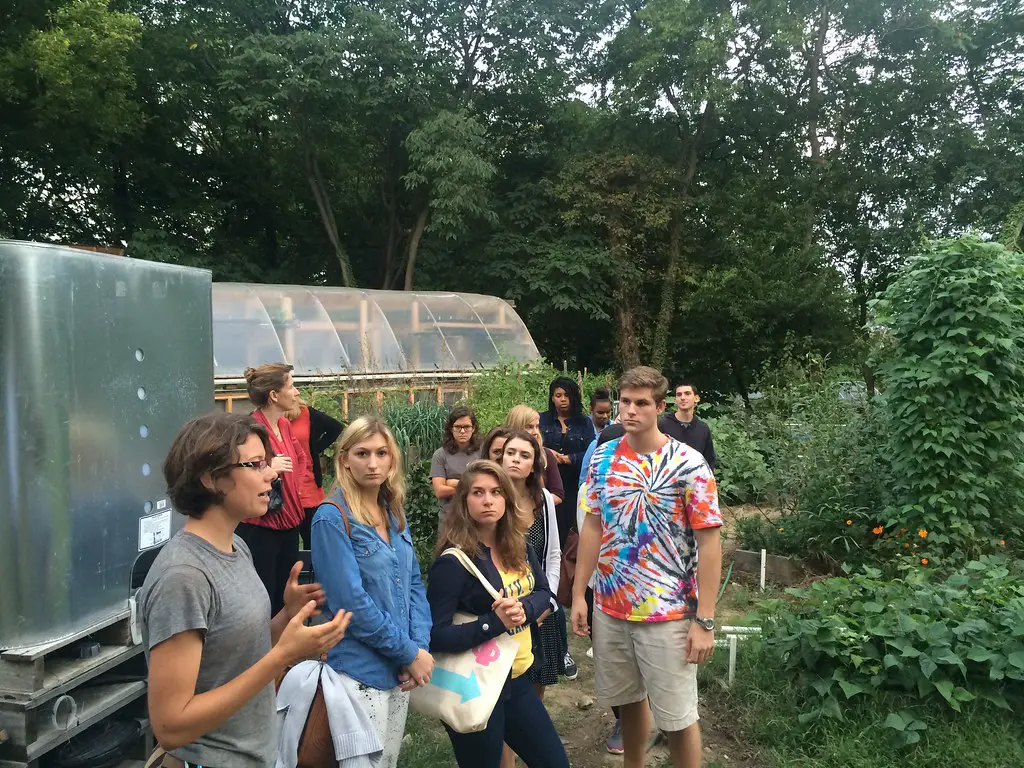
In Richmond, the food forest trend is spreading through both public and private spaces. Homeowners are converting grassy lots into community-supported gardens filled with figs, mint, pawpaws, and native berries. The city’s long growing season supports a wide range of edible species with minimal intervention.
Some residents are organizing informal neighborhood “plant swaps” to build out their food forests together. This collaborative approach reflects Richmond’s growing interest in mutual aid and urban sustainability. From front yards to alleyways, edible ecosystems are quietly replacing turfgrass across the city.
11. Boise, Idaho

Boise may not be the first city that comes to mind when you think of food forests, but that’s changing. Local gardeners are transforming suburban plots into productive permaculture systems using cherry trees, rhubarb, asparagus, and perennial herbs. These systems often rely on natural composting and mulch to support long-term soil health.
The dry summers make water-smart design essential. Homeowners are creating berms and basins to capture runoff and channel it into root zones. It’s a dryland adaptation that’s making food forests possible even in unexpected places. Slowly but surely, Boise’s lawns are turning edible.
12. Madison, Wisconsin

Madison’s food-loving culture and strong community ties have made it a natural home for backyard food forests. Homeowners here focus on cold-hardy crops like pears, aronia, sunchokes, and perennial onions. With compost bins in nearly every yard, these systems thrive without synthetic fertilizers.
Many residents combine beauty and utility by mixing ornamentals with edibles. The result is a landscape that attracts pollinators, reduces mowing, and fills the pantry. As climate variability increases, Madisonites are choosing resilience over tradition. And their yards are leading the way.
13. Eugene, Oregon

Eugene’s progressive values and deep green ethos make it a haven for food forest experimentation. Homeowners are planting everything from kiwis to medicinal herbs, often layering them beneath towering nut or fruit trees. Rain catchment, mulching, and guild planting are all common in these yards.
The focus is often as much on soil health and biodiversity as it is on human harvest. For many residents, food forests are a way to live more lightly on the land while also enjoying its bounty. It’s a slow, intentional shift—but one that’s reshaping suburban backyards all over Eugene.
